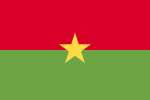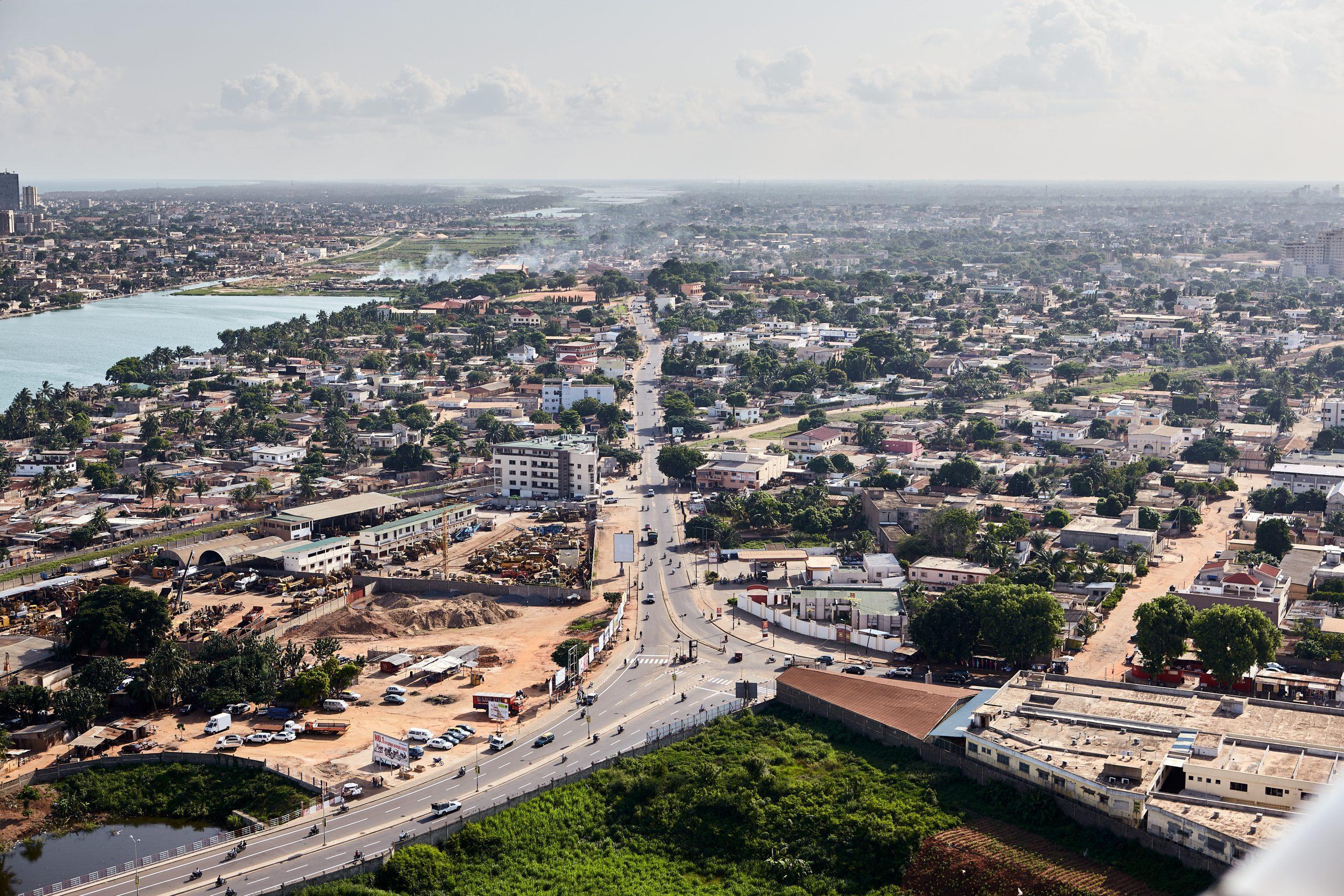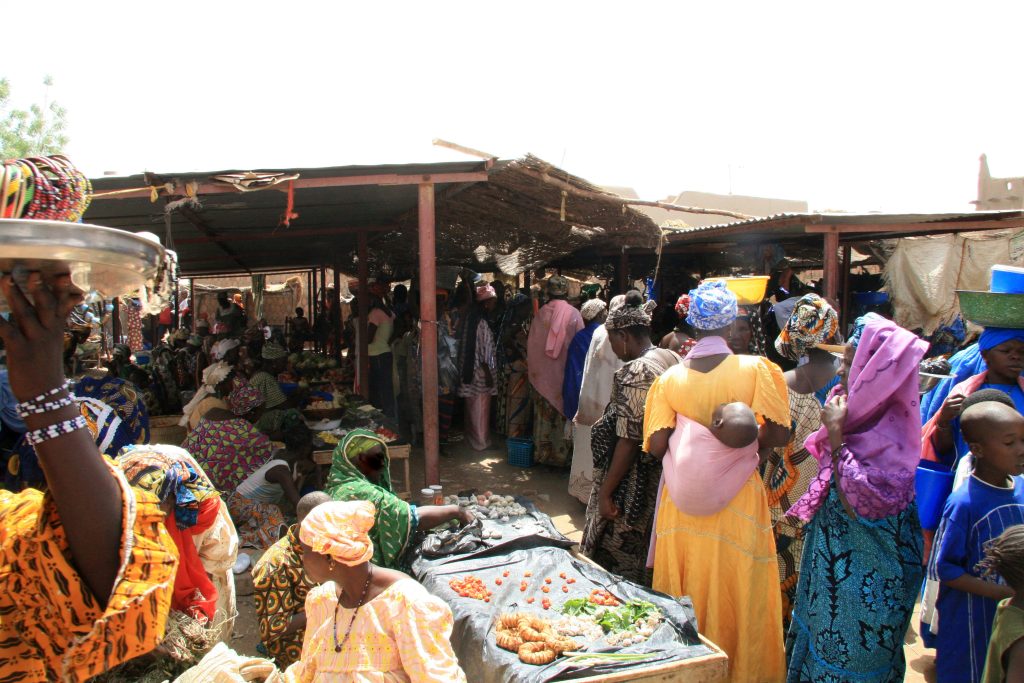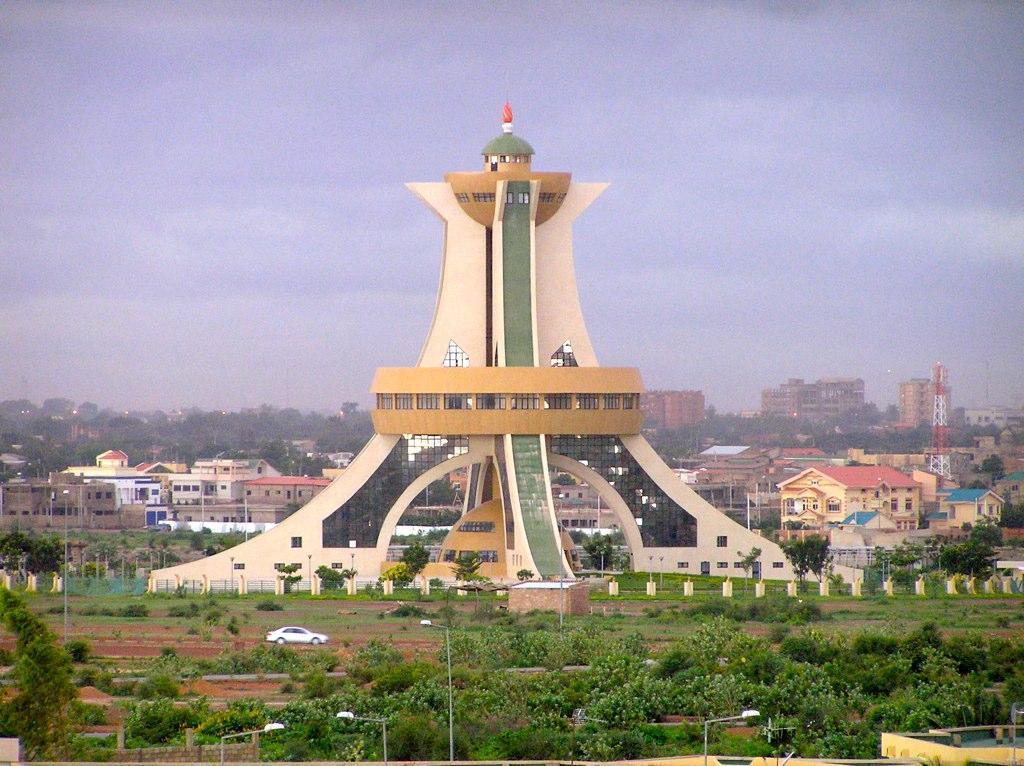Growth in the WAEMU zone is estimated at 6.0% in 2021 against 1.8% and 5.8% respectively in 2020 and 2019, while all the economies of sub-Saharan Africa grew by an average of 4.5 % in 2021 after a recession a year earlier. WAEMU remains one of the most dynamic economic zones in sub-Saharan Africa, driven by the performance of the economies of its member states. Created in January 1994, the West African Economic and Monetary Union (WAEMU) currently has eight (8) countries that represent issuers on the Government Securities Market. These are: Benin, Burkina Faso, Côte d’Ivoire, Guinea-Bissau, Mali, Niger, Senegal, and Togo.
Despite the slowdown in the activities observed in 2020, due to the adverse effects of COVID-19, the economies of the WAEMU zone have been dynamic over the past five (5) years with an average growth of more than 5.0 %, higher than the average for sub-Saharan Africa. This momentum should continue in the medium term in connection with the implementation of recovery plans and the continued implementation of structuring projects included in the National Development Plans (NDP). According to projections by the Central Bank of West African States (BCEAO), growth in the WAEMU zone would stand at 5.9% in 2022 and should accelerate in 2023 to settle at 7.2 %.
An effective economic recovery in 2021
The WAEMU zone’s real GDP growth rate is estimated at 6.0% in 2021, up 4.2 points compared to 2020. The zone has thus returned to its pre-COVID-19 growth trajectory in a regional context marked in recent years by the persistence of security risks due to the terrorist threat and the uncertainties surrounding the global economic outlook. This acceleration of growth in the WAEMU zone is explained by the continued adoption by the Member States of the Union of measures aimed at accelerating the implementation of the reforms necessary for macroeconomic stability and the improvement of the business climate, to attract more private investors, particularly in the agro-food and manufacturing industries.
The economic recovery in the WAEMU zone was accompanied by a rise in consumer prices. The average annual inflation rate stood at 3.6% in 2021 after 2.1% a year earlier. This rise in consumer prices is explained by the rise in food prices following a disappointing 2021/2022 agricultural campaign and the rise in the prices of the main imported products in connection with the recovery of the world economy.
Regarding the States financial operations in 2021, they took place in a context marked by the implementation of the recovery plans and the continuation of the investments included in the NDPs. Thus, the execution of the budgets of the WAEMU States ended in 2021 with an increase in the overall budget deficit which represented 5.5% of GDP against 5.6% in 2020.
In connection with these developments, the Union’s debt ratio would be 53.3% in 2021 against 50.1% a year earlier according to the WAEMU Commission’s multilateral surveillance report of December 2021. As for the foreign trade of WAEMU member states, they generated an overall surplus of the balance of payments of 475.6 billion XOF in 2021 after a surplus of 15.8 billion XOF a year earlier. The consolidation of the positive balance of payments would be due to the good performance of the financial account, the surplus of which should more than offset the deterioration of the current account deficit.
Beneficial medium-term economic outlook
According to Central Bank projections, growth should accelerate in the WAEMU zone in the medium term, particularly in line with increased production in the tertiary and secondary sectors. These sectors should benefit from the control of the current health crisis in the Union and the continued implementation of the NDPs. Growth in the Union is expected to drop from 6.0% in 2021 to 5.9% in 2022 before settling at 7.2% in 2023. The contribution to growth from the tertiary sector would stand at 3.5% in 2023 up by 0.3 point compared to 2022. That of the secondary sector should grow by 0.9 point between the two years to settle at 2.6% in 2023. As for the contribution to the growth of the primary sector, it would drop from 1.0 point in 2022 to 1.1 point a year later.
Inflationary pressures are expected to persist in the Union in 2022 with a projected inflation rate of 6.2%. These tensions should ease from 2023, when the inflation rate would stand at 3.6% in relation to the expected increase in production for the next 2022/2023 agricultural campaign and the anticipated easing of world prices of agricultural products, foodstuffs and oil imported by the countries of the Union.
About the public finances, the budget deficit should deteriorate in the WAEMU States in 2022 before improving from 2023 under the effect of the implementation of reforms aimed at improving the mobilization of tax revenue and rationalize public spending. The Union’s overall budget deficit in relation to GDP would drop from 5.5% in 2021 to 6.0% in 2022. Fiscal consolidation in the Union should begin from 2023 when the budget deficit would represent 4.9 % of GDP. In connection with this improvement in the budget deficit, the debt ratio of the Union would stand at 50.9% in 2023, down by 2.1 compared to 2022.
WAEMU’s foreign trade would result in a gradual consolidation of the surplus in the overall balance of payments, which would increase from XOF 475.7 billion in 2021 to XOF 250.2 billion in 2022 before reaching XOF 1 017.6 billion in 2023. This consolidation of the surplus of the overall balance of the balance of payments would be attributable to the continuous improvement of the positive balance of the financial account combined with a reduction of the deficit of the current account which would represent 4.7% of GDP in 2023 after 6.8% and 5.8%% respectively in 2022 and 2021. This reduction in the current account deficit in 2023 would occur in a context marked by a significant increase in the volume of oil exports and a slowdown in imports of services as well as capital and intermediate goods from Niger and Senegal which would be in the oil and gas production phase.
To find out more about the evolution of the economic data of the 8 issuers of the WAEMU Government Securities Market, click here.
Source: Information note for the WAEMU zone – September 2022











